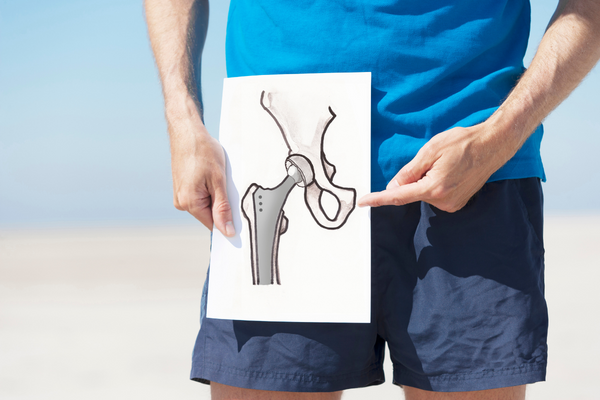Hip Replacement Surgery In Gurgaon
This article discusses the benefits and risks of hip replacement surgery, as well as the different types of procedures that are available. Hip replacement surgery is a major operation that can provide significant relief from pain and improved mobility. However, it is a surgery that carries with it some potential complications, and patients should consult with a qualified surgeon to find out if it is the right procedure for them. – Kalyani Hospital offers some of the best hip replacement surgeries in the country, with expert hip surgeons to provide patients with a successful outcome. Total hip replacement is a surgical procedure that helps replace a diseased hip joint with an artificial joint, thus improving the patient’s mobility and reducing pain. Total Hip Replacement surgery can be used to avoid knee replacement surgeries in certain cases and can provide exponential pain relief to those who are suffering from chronic hip pain. The surgery helps patients improve their quality of life by reducing pain and other symptoms associated with the disease.

When you choose a hip replacement surgeon, they will discuss the surgical approach that is best suited to your condition. Generally, total hip replacement involves a major surgery that requires the surgical team to be composed of trained specialists. Depending on the procedure and areas of joint involvement, it may involve complications post surgery. Patients should understand that this form of surgery is major and affects your ability to perform activities such as walking or running. In addition, other health issues that may arise due to aging or other conditions may also influence the experience and outcome. The goal of total hip replacement is to improve mobility and reduce pain in order for the patient to return to normal life activities.
Hip replacement surgery in Gurgaon involves surgical removal of the diseased ball and socket, which is then replaced with an artificial man made prosthesis. The stem of the femur bone is replaced with a metal stem, while the cup socket and head are also replaced with a new prosthesis. This major surgery helps to replace the diseased ball and socket, restoring movement and improving quality of life. In some cases, there may be a need for additional procedures such as bone grafting or additional soft tissue work.
